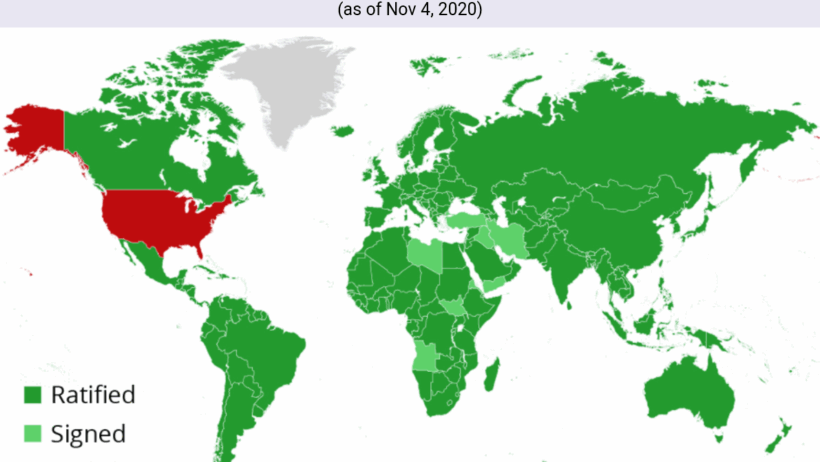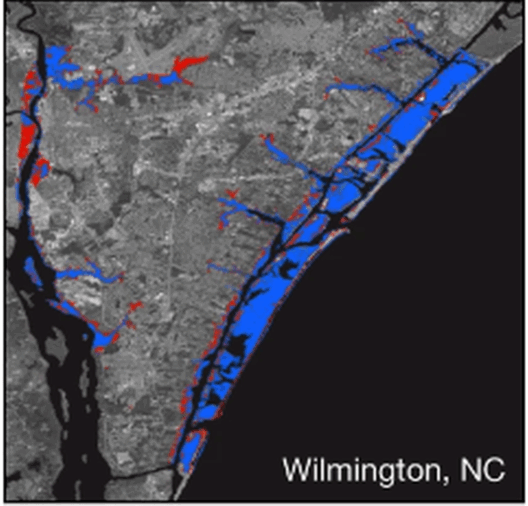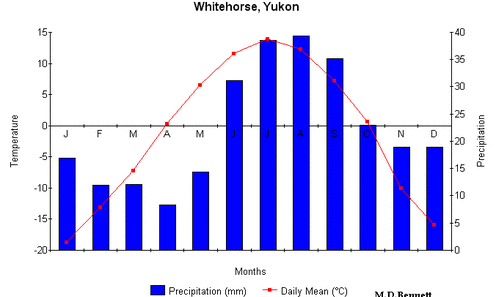The Paris Climate Accord, adopted in 2015, represents a landmark agreement among nations striving to combat climate change. It transcends borders to forge a collaborative approach towards mitigating global warming and reducing greenhouse gas emissions. This monumental pact is not just a collection of signatures; it is a concerted effort wherein various countries commit to specific goals, all aiming for a sustainable future. But who are the nations that have embraced this accord? Are they fulfilling their commitments? Let’s dive into the specifics.
The agreement is designed to limit global temperature rise to well below 2 degrees Celsius above pre-industrial levels, with aspirations for restraining the increase to 1.5 degrees Celsius. To achieve these ambitious goals, nearly every country on Earth has joined in this collective endeavor. As of now, 197 parties have signed the Paris Agreement. This remarkable number includes both nation-states and the European Union, signifying a global consensus regarding the urgent need to address climate change.
Though the list of participating countries is extensive, it’s worth noting that they vary in their emissions profiles, economic capacities, and climate vulnerabilities. Furthermore, the commitment levels diverge significantly, depending on each country’s development status and historical contributions to greenhouse gas emissions. For example, while developed nations like the United States and members of the European Union have pledged to significant reductions, many developing countries face challenges in committing to absolute reductions due to their economic dependencies on fossil fuels.
To paint a clearer picture, let’s explore the full list of countries—categorizing them can help us better understand the global landscape. The countries can be divided into several groups:
- Developed Countries: These include industrialized nations like the United States, Canada, Australia, Japan, and members of the European Union. Typically, these countries are tasked with more stringent targets due to their historical emissions and greater financial resources.
- Emerging Economies: Nations such as China, India, and Brazil fall into this category. While they have significant economic growth and are major polluters, their development priorities often complicate the implementation of ambitious climate targets.
- Least Developed Countries (LDCs): These include nations such as Bangladesh, Rwanda, and Nepal. Often the most vulnerable to climate impacts, they may require financial and technical assistance to fulfill their obligations.
- Island Nations: Countries like the Maldives and Tuvalu face existential threats from rising sea levels. Their inclusion in the accord highlights the dire need for urgent action.
But wait—if nearly every country is involved, a playful question arises: could this level of global participation actually lead to confusion or dilution of responsibilities? As countries generate their own national determined contributions (NDCs), the adaptation of these unique goals introduces discrepancies in expectations. The irony lies in a united front encountering obstacles in coherence. Thus, whilst the consensus is palpable, the path to cohesive policy implementation generates its challenges.
Then comes the significant question of effectiveness. The Paris Agreement is fundamentally based on voluntary commitments, and while this flexibility allows nations to adapt the accord to their local contexts, it poses difficulties in holding countries accountable. There remains skepticism surrounding the real intent of some nations. Will their commitments amount to mere rhetoric, or will they translate into tangible actions that curb emissions?
The perception of the accord varies; critics argue it lacks the binding enforcement that would compel countries to follow through on their pledges. Indeed, as countries shape their NDCs, monitoring, reporting, and verification mechanisms become indispensable in fostering trust, transparency, and accountability among signatories.
Mapping the global participation further elucidates where each country stands in this collective battle against climate change. Many online resources provide interactive maps depicting participant statuses, illustrating the geographic distribution prominently. Countries are often shaded according to their commitment levels—ranging from highly ambitious to those with minimal pledges—thus creating a visual understanding of global engagement.
However, the map of participation is only one facet of the intricate puzzle. The real challenge lies in the consequences catalyzed by these commitments. For instance, how does a nation like the U.S., which has historically been a significant emitter, reconcile its societal needs with the obligations set forth under the agreement? The interplay between economic needs, public opinion, and climate action is contentious and worthy of deep examination.
Moreover, the dynamic between developed and developing nations exemplifies a critical tension within the accord. Developing nations often emphasize the need for financial assistance and technological transfer from wealthier counterparts. The underlying question transforms: how can financial equity be ensured while empowering vulnerable populations to adapt and thrive amidst climate unrest without compromising their development?
Ultimately, the efficacy of the Paris Climate Accord will depend on collective resolve and pragmatism. The hope is that these commitments translate into reality as countries implement innovative solutions, invest in renewable energy sources, and foster sustainable practices. Whether through robust legislation or grassroots movements, real change must ensue if the ambitious goals of the Paris Agreement are to be met.
In conclusion, the various shades of participation, the complexities of implementation, and the collective responsibility each nation bears pose both a challenge and an opportunity in addressing the global climate crisis. Continuous collaboration and accountability will remain pivotal as the international community strives toward achieving a shared vision for a sustainable future.






